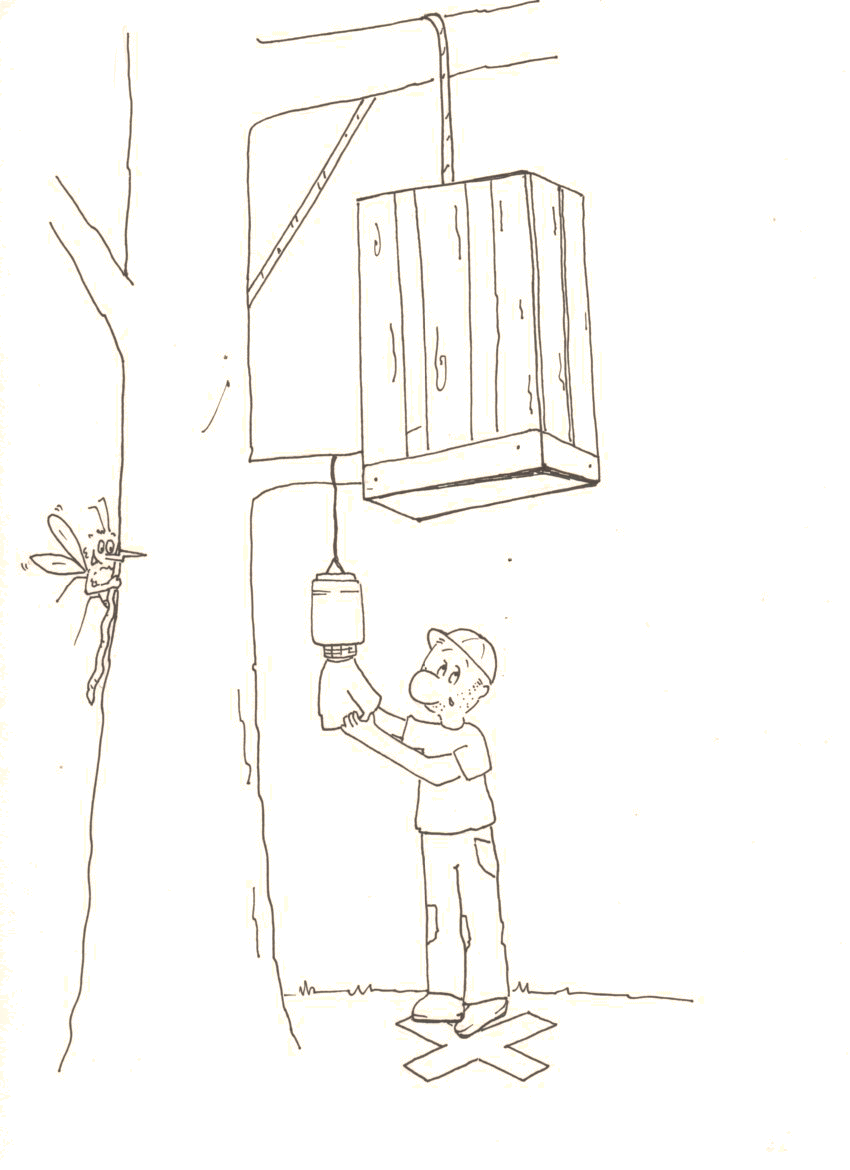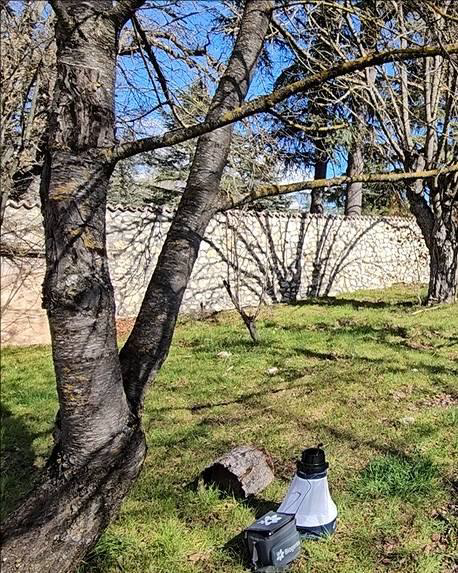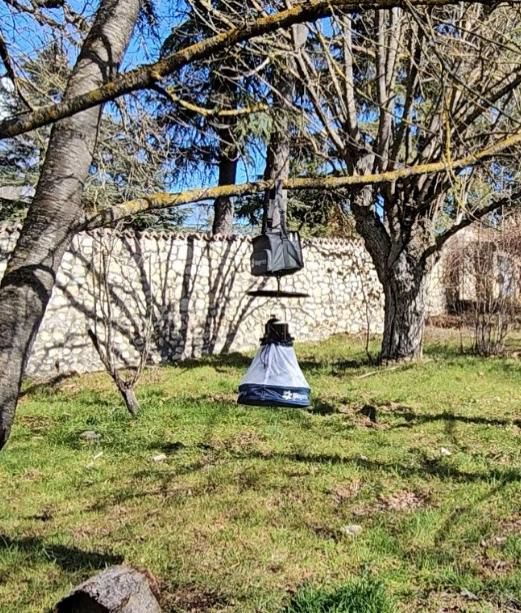
Photo (c) Sara Seneca
The objective of the meeting was to show how to set up and use the mosquito traps provided in the framework of the Project (for the beneficiary countries that requested them) and to discuss the preparation of insect samples to be stored until they are identified.
The session was led by Silvio G. D’Alessio (Entomology Unit – IZS Teramo), who discussed different types of traps, their components, and proper assembly procedures, including technical details about power sources and attractants. The session concluded with guidance on sample handling and storage, followed by announcements about upcoming training sessions and distribution of traps to participating countries.
BG Pro (Biogents AG) standing configuration (Sentinel style). Picture (c) Silvio G. D’Alessio (IZS) 2025
The training explored strategies for collecting adult mosquitoes in diverse environments by leveraging mosquito ecology, behavior, and environmental factors. Attendees learned that attractants such as CO₂ (from dry ice, gas, or fermentation), light, and chemical lures can target specific mosquito species, especially nocturnal and human-biting types.
BG Pro (Biogents AG) hanging configuration (CDC style). Picture (c) Silvio G. D’Alessio (IZS) 2025.
The webinar compared the technical specifications of common mosquito traps and focused on the functioning of those purchased in the framework of the project: the BG Pro (Biogents AG). These traps can operate in two configurations: hanging (CDC style) and standing (Sentinel style)—and can be powered via battery, main supply, or a compact power bank. These features make it suitable for various field conditions and extended use.
Species identification under a stereomicroscope. Picture (c) Silvio G. D’Alessio (IZS) 2025.
Silvio G. D’Alessio also provided an overview on trap assembly, selection of attractants, and site criteria (e.g., accessible, shaded, discreet). Once deployed, careful handling of the collection bags ensures samples are preserved without damage or contamination. The training emphasized some key steps from the field to the laboratory of adult mosquitos samples:
Each requesting country received a standardized kit including BG Pro traps, attractants, collection bags, and power cables.
Additionally, participants were given access to multilingual materials:
This webinar marks an important step in building regional capacity for arbovirus surveillance, particularly for diseases like Rift Valley Fever. By standardizing entomological practices and equipment use, PROVNA 2 strengthens early warning systems and supports coordinated response strategies in the North African region.





